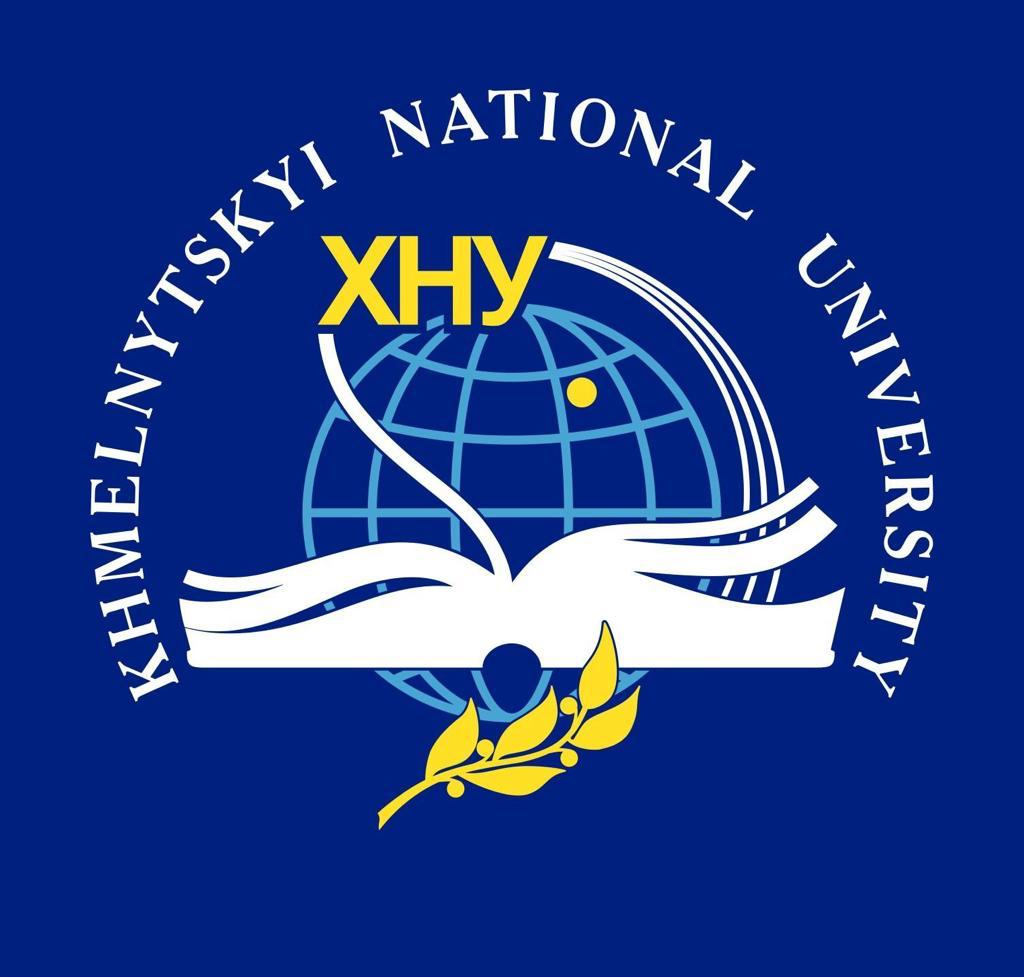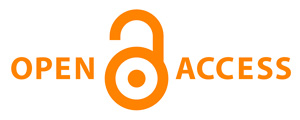EFFECTIVENESS OF AN INTEGRATED TRAINING METHODOLOGY IN HANDBALL PLAYER PREPARATION
DOI:
https://doi.org/10.31891/pcs.2025.1(1).86Keywords:
handball, cognitive training, physical fitness, plyometric training, reaction speedAbstract
Athletes' Modern handball requires athletes to possess a high level of physical fitness, including explosive strength, speed, agility, and reaction time. One of the key objectives of the training process is the development of these characteristics through scientifically grounded methods. Traditional training programs do not always ensure the comprehensive development of physical qualities, which is critically important for the successful competitive performance of handball players. This study aims to assess the effectiveness of an experimental training program that combines plyometric exercises, SAQ training (Speed, Agility, Quickness), and cognitive methods to enhance reaction speed. The purpose of the study is to evaluate the effectiveness of an experimental training program for female handball players. The object of the study is the physical fitness of handball players in the process of applying specialized training methodologies. The subject of the study is the impact of the experimental training program on speed, agility, explosive strength, and reaction speed in highly qualified female handball players. To achieve the research objectives, a comprehensive set of methods was used, including empirical, theoretical, and statistical approaches. The study involved handball players who were divided into an experimental group (EG) and a control group (CG). The training cycle lasted 8 weeks. The EG followed a specialized program focusing on the development of explosive strength, agility, and reaction speed, while the CG trained according to the standard methodology. Research Results. Explosive strength in the EG increased by 12.7% (p < 0.001), while in the CG, it improved by only 4.6%. Sprint time (10–15 m) decreased by 10.6% in the EG (p < 0.001), which is five times greater than the improvement in the CG (2.1%). Agility (T-test performance) improved by 10.8% in the EG (p < 0.001), compared to 2.9% in the CG. Reaction speed improved by 30% in the EG (p < 0.001), which is five times higher than in the CG (5.7%). All calculated Cohen’s d values were greater than 0.8, indicating a large effect size of the program's impact. The proposed training program is an effective tool for developing key physical attributes in handball players and has the potential for widespread application in professional sports. Conclusions. The experimental program significantly improved all physical characteristics that are crucial for handball players. The greatest improvements were observed in explosive strength and reaction speed, highlighting the effectiveness of combining plyometric training with cognitive exercises. The obtained results have high practical significance, as the proposed methodology can be integrated into training programs for handball players of various skill levels.
References
Karaulova, S. I., Omelʹyanenko, H. A., Petrov, V. O., Voronkova, T. V., Bublyk, S. A. (2024). Innovatsiynyy pidkhid do metodyky vdoskonalennya fizychnoyi pidhotovky sport·smeniv u sportyvnykh ihrakh [Innovative approach to the methodology of improving the physical training of athletes in sports games]. Olympicus, (1), 51–58. [in Ukrainian]
Tyshchenko V. O., Lochman V., Mordvynov K., Byelous M. A., Tyshchenko D. H. (2021). Zastosuvannya innovatsiynykh zasobiv u navchalʹno-trenuvalʹnomu protsesi v handboli [Application of innovative tools in the teaching and training process in handball]. Fizychne vykhovannya ta sport, 2, 57-64. [in Ukrainian]
Hammami, M., Gaamouri, N., Ramirez-Campillo, R., Shephard, R. J., Bragazzi, N. L., Chelly, M. S., ... & Gaied, S. (2021). Effects of high-intensity interval training and plyometric exercise on the physical fitness of junior male handball players. European review for medical and pharmacological sciences, 25(23), 7380-7389.
Hüttermann S., Memmert D. (2017). Decision making in sports under time pressure. PLoS ONE, 12(4), e0176201.
Lochman V., Tyshchenko V., Tovstopiatko F., Pyptiuk P., Ivanenko S., Pozmogova N. (2021). Use of innovative technical means to increase the training process effectiveness in handball. Journal of Physical Education and Sport, 21 (4), Art 215, 1695–1704.
Petruzela, J., Papla, M., & Stastny, P. (2023). Conditioning strategies for improving handball throwing velocity: A systematic review and meta-analyses. Journal of human kinetics, 87, 189.
Tyshchenko V., Lisenchuk G., Odynets T., Cherednichenko I., Lytvynenko O., Boretska N., Semeryak Z. (2019). The concept of building control for certain components of the system for training handball players. Journal of Physical Education and Sport, 19(4), Art 200, 1380-1385.
Voss M. W., Kramer A. F., Basak C., Prakash R. S., Roberts B. (2010). Are expert athletes ‘expert’ in the cognitive laboratory? A meta-analytic review of cognition and sport expertise. Applied Cognitive Psychology, 24(6), 812-826.
Downloads
Published
How to Cite
Issue
Section
License
Copyright (c) 2025 Юлія КОВАЛЕНКО, Олександр ЛЕЩАК, Сергій БУБЛИК , Оксана КРИЖАНІВСЬКА

This work is licensed under a Creative Commons Attribution 4.0 International License.





